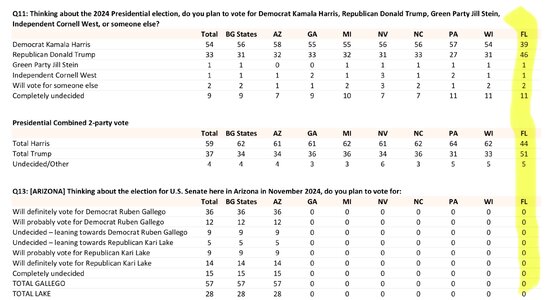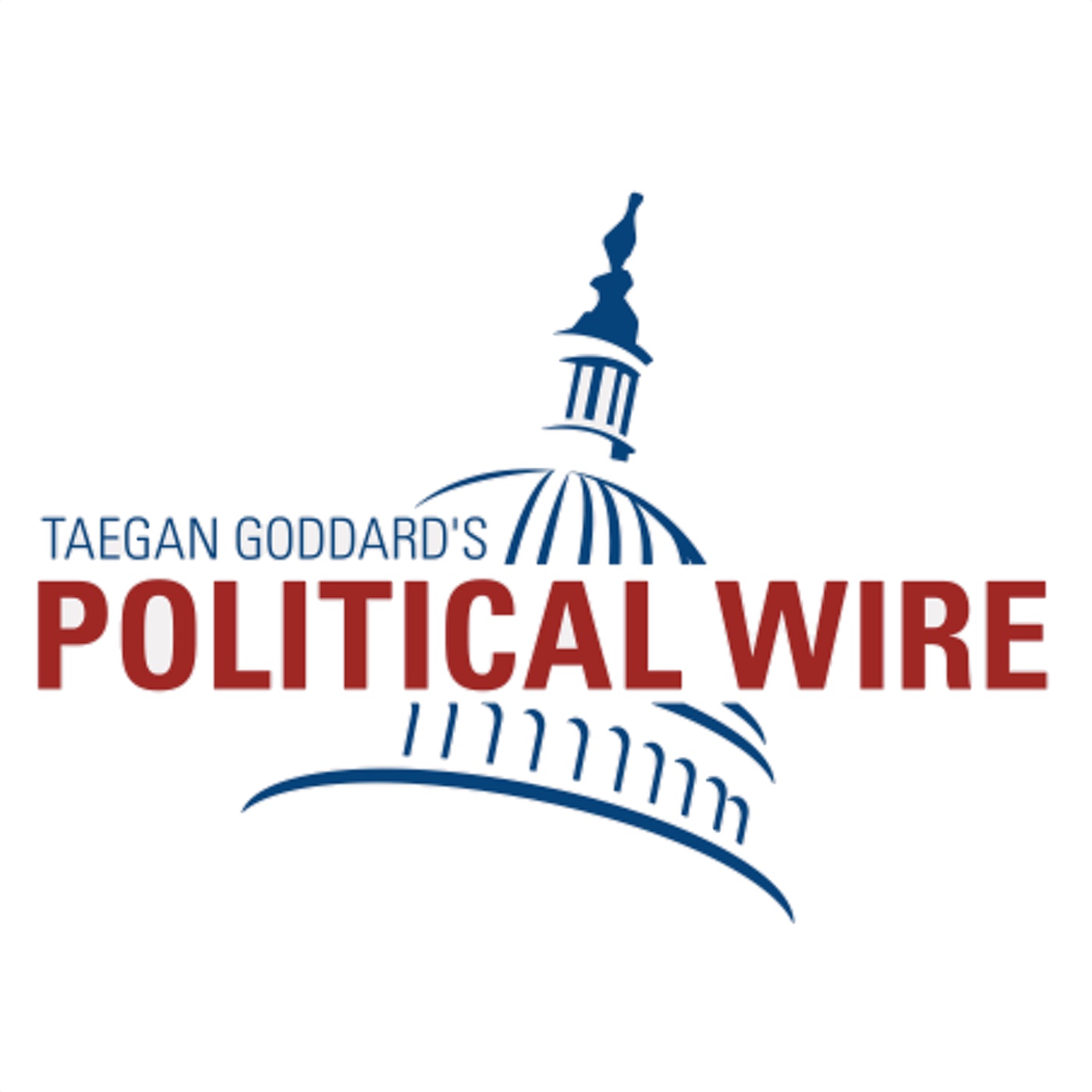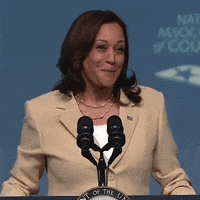Uh……high-propensity voters turn out. They vote in school board elections.Trump is strong with low-propensity voters. Kamala is strong with high-propensity voters. If we turn out, we win. It's as simple as that.
If truly low-propensity voters turn out, that could be good news for Trump and the GOP.




